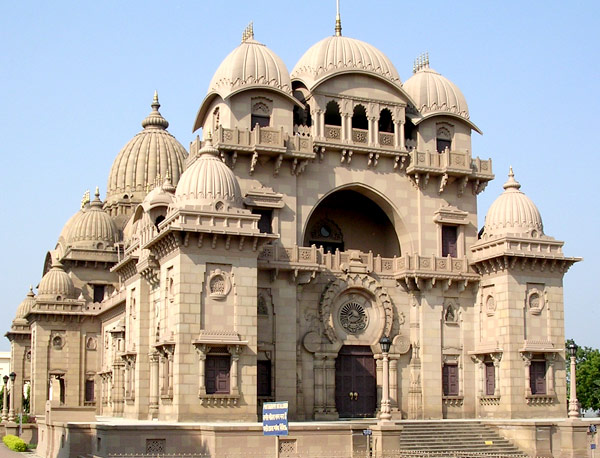- VedicFolks Exclusive Homam
- Spiritual Products
Standers 2
- VedicFolks Pooja
- Deity Idols & Statues
Standers 2
- Top Products

Swami Vivekananda's days as a parivrajaka (wandering monk) before his visit to Parliament of Religions, took him through many parts of India and he visited several architectural monuments like the Taj Mahal, Fatehpur Sikri palaces, Diwan-I-Khas, palaces of Rajasthan, ancient temples of Maharashtra, Gujarat, Karnataka, Tamil Nadu and other places.
During his tour in America and Europe, he came across buildings of architectural importance of Modern, Medieval, Gothic and Renaissance styles. It is reported that Vivekananda incorporated these ideas in the design of the Belur Math temple.
Swami Vijnanananda, a brother-monk of Swami Vivekananda and one of the monastic disciples of Ramakrishna, who was, in his pre-monastic life, a civil engineer, designed the temple according to the ideas of Vivekananda and Swami Shivananda, the then President of Belur Math laid the foundation stone on 16 May 1935. The massive construction was handled by Martin Burn & Co.
The Ramakrishna Temple at the Belur Math is designed to "celebrate the diversity of Indian Religions" and resembles a temple, a mosque, a church if seen from different positions.
The architectural style and symbolism from a number of religions have been incorporated into the design of the temple at Belur Math, to convey the "universal faith" in which the movement believes.
The temple is considered as a prime example of the importance of "material dimension" of religion. The main entrance of the temple, has a facade influenced by Buddhist style. The structure which rises over the entrance is modeled on the Hindu temples of South India with their lofty towers.
Do s:
Don't s: